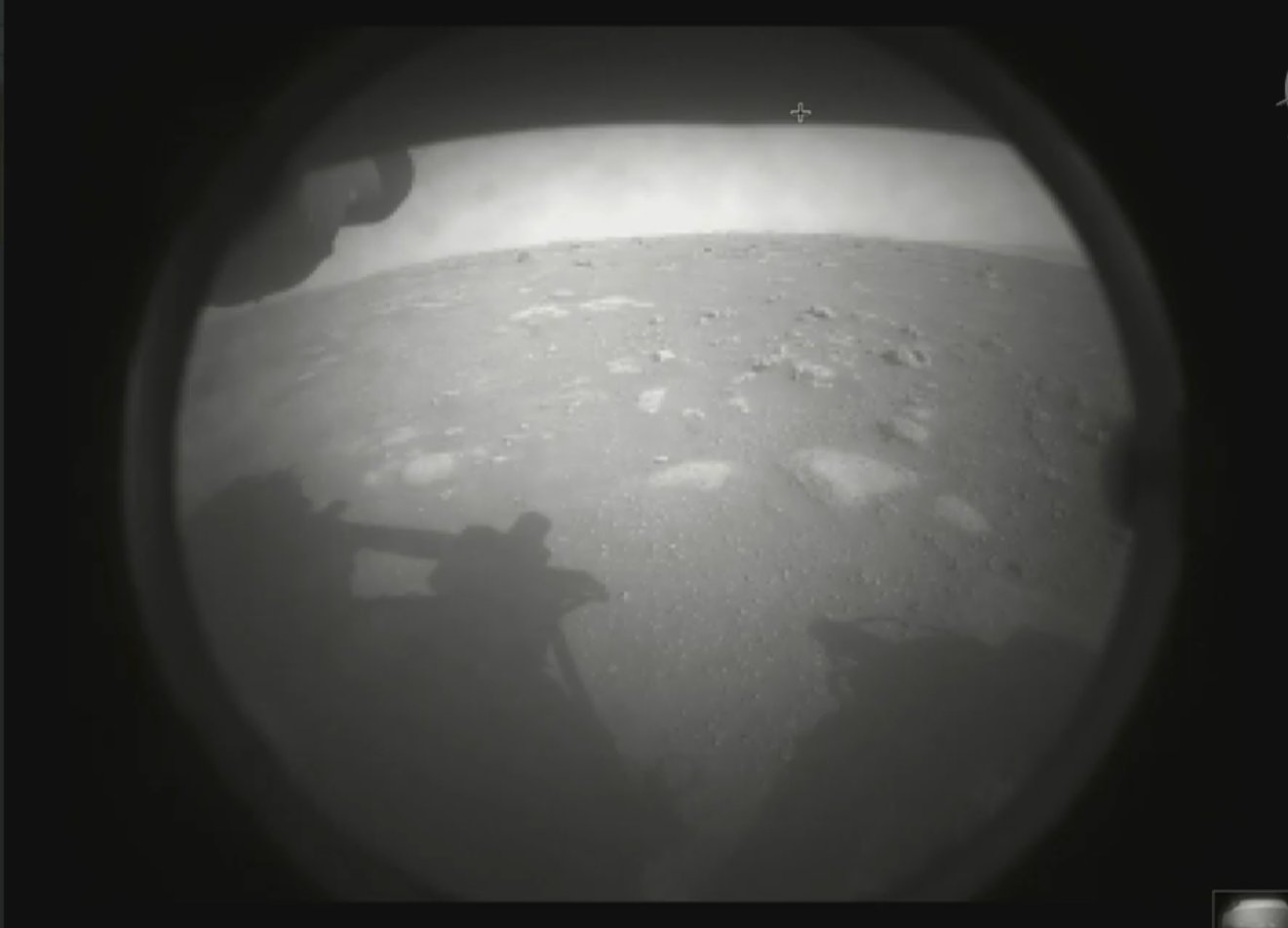
That completely failed to happen on this occasion, leaving NASA’s large and expensive toy at liberty to roam around a space wasteland, looking for… stuff.
Perseverance is grounded
Hello, world. My first look at my forever home. #CountdownToMars pic.twitter.com/dkM9jE9I6X
— NASA's Perseverance Mars Rover (@NASAPersevere) February 18, 2021
Now that the new rover is on the ground, there’s loads for it to do. Only it’s not about to start doing it immediately. First Perseverance will hang about for a few days, while all of its instruments are checked. Then it’ll need a software update, because the software for driving and navigation was still in development when the space-bot was in transit. If you’ve ever attempted to guide an old person through installing Window over the phone while juggling live eels, you’ll have some idea how fun that update’s going to be.
Once that’s done, NASA can look towards a global first — the first helicopter to be flown on a planet that isn’t Earth. Assuming the space-drone actually works, here’s how it’ll go down: Perseverance will drop off the drone and get the heck out of the way (its rotors are larger than usual, because Mars). Jennifer Trosper, the deputy project manager for NASA’s rover, reckons it’ll take ten days or so to get the drone ready for liftoff. If it flies, it’ll be a 30-day long experiment as the drone is tested and aerial exploration commences.
That’s in addition to investigating for signs of water on the red planet, the collecting of samples that will be collected by a mission that hasn’t been planned yet, as well as just generally looking around. Perseverance has a whole bunch to do, it’s just taking a little time for itself before it gets started.
Source: Ars Technica
